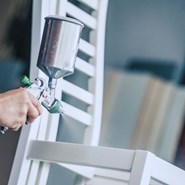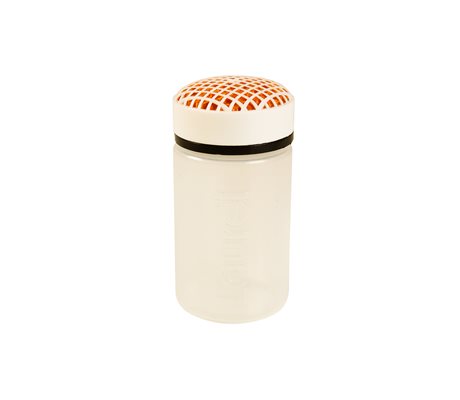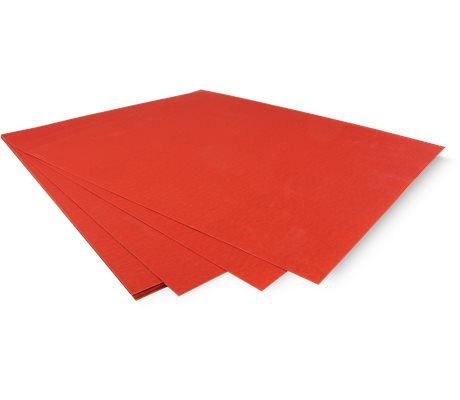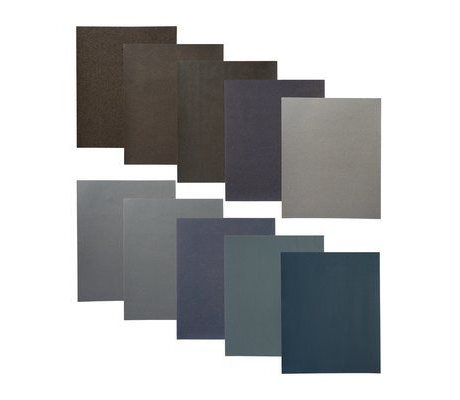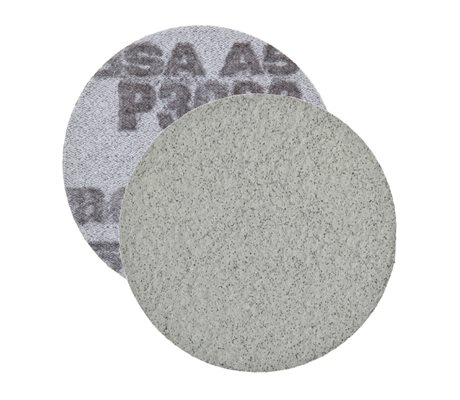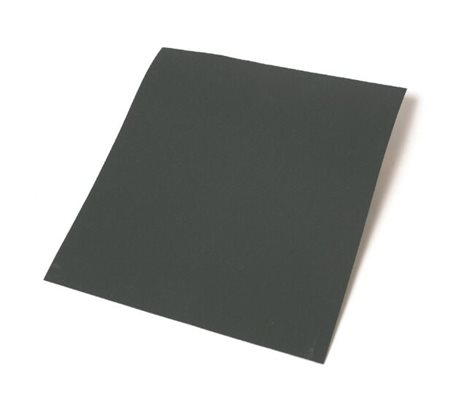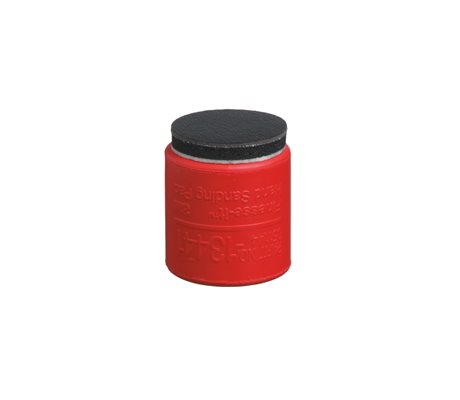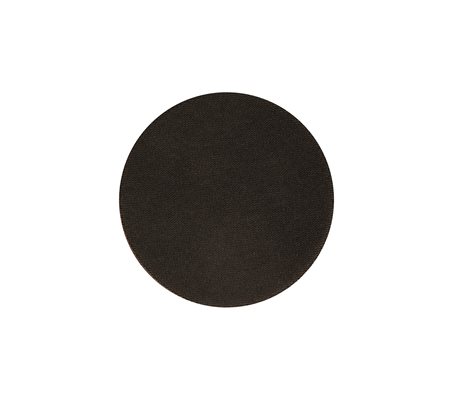Wet sanding
Wet sanding, also known as water sanding, is a gentle sanding process that uses water along with water sanding paper. By including water in the process, friction and heat are reduced, protecting the surface from damage and preventing the water sandpaper from clogging.
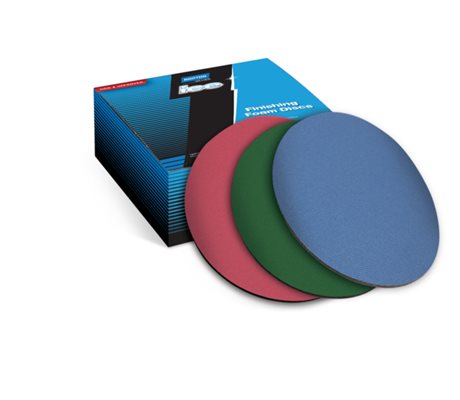
Norton
Ice Q255 80 Mm
€14,32

Onetech NT09EC-405
Oscillation Sander 31Mm 3.0mm
€491,18
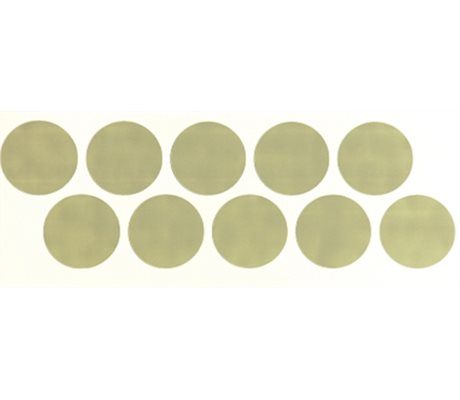
3M 88410-62
Trizact Hookit Sanding Disc 466La 32 Mm P3000
€104,65
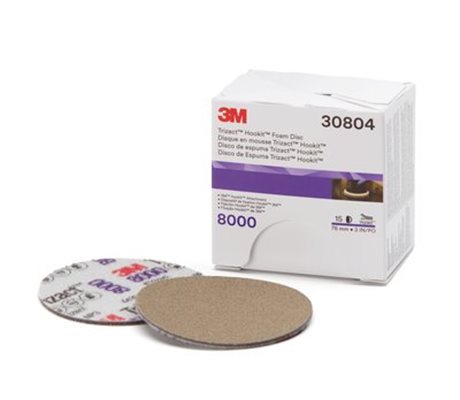
3M 30804
Trizact Hookit Sanding Disc 443Sa P8000 Ø 75Mm 30804
€64,36
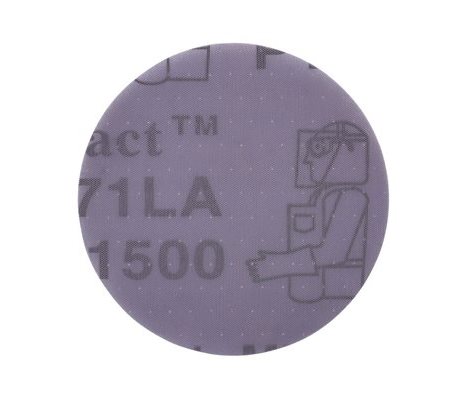
3M 88411-73
471La Trizact Hookit Sanding Disc 75Mm P1500
€61,99
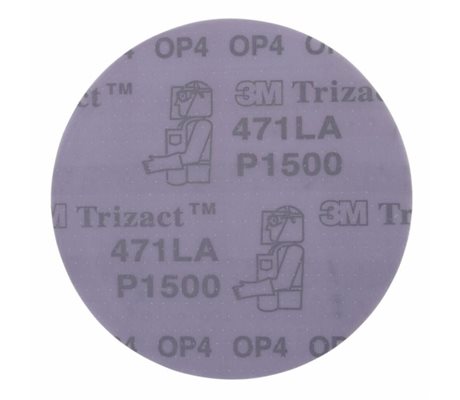
3M 88411-72
Trizact Hookit Sanding Disc 471La 150 Mm P1500 05600
€127,82
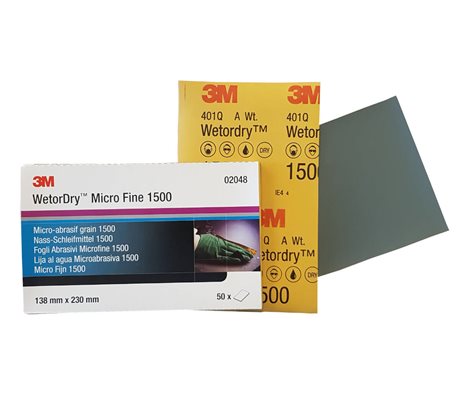
3M 88400-33
Wetordry Sanding Sheet 401Q 138 X 230 Mm
€67,60
Wet sanding of varnish and paint
The process of wet sanding involves sanding with water and a specially developed sanding sponge or sanding block with a "high" grain size to gently sand the surface. It is important to apply even pressure to avoid creating new imperfections.
Rinse and clean regularly
As the sandpaper becomes clogged with dirt, it must be rinsed in water to clear it and then reapplied to the surface. The sanding process is usually done in stages, starting with coarse grit sandpaper to remove most of the imperfections, then continuing to finer grits to smooth and even out the surface.
Worth to notice
It is important to note that wet sanding can be time-consuming and requires skill and patience to achieve good results. It should only be done by experienced professionals or enthusiasts who are well-versed in the process.



